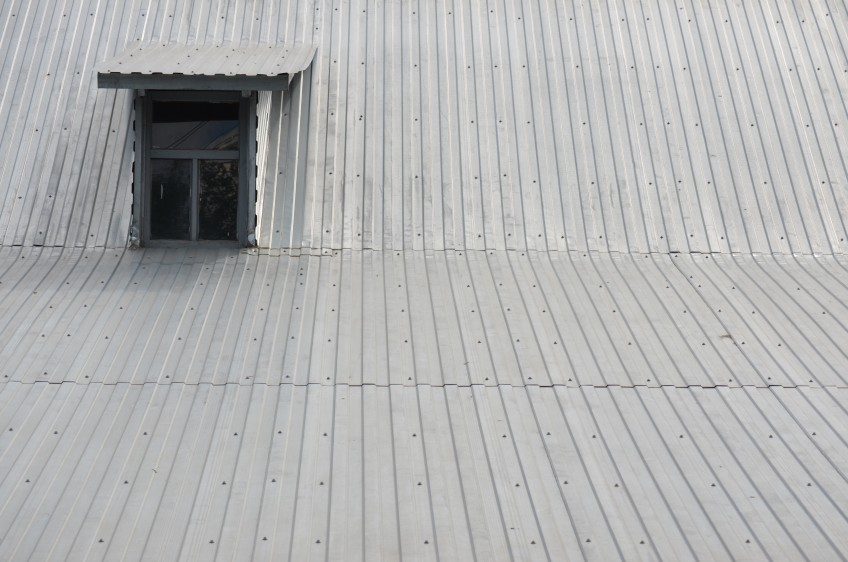Introduction
You should take care to check your attic and roof before each Winter. Your roof is your first line of defense against sun, rain, snow, sleet, hail, and anything else thrown down from above. An annual inspection of your roof can find small problems before they develop into big ones, saving you time and money down the road.
Step by step
Please use extreme caution before climbing on to your roof. Always use a ladder that extends well above the edge of the roof so you can easily climb on and off. We also recommend a ladder stabilizer, as shown in the Tools section. When on the roof, take extreme care while walking and wear sturdy shoes with good grip. Keep a sharp eye out for areas with ice, moss, or water that could cause you to slip. If you’re uncomfortable walking around your roof, hire a local roofing contractor for this inspection.
This is a good task to combine with your annual gutter cleaning, since many of the tools and locations are the same.
Below is a video from Fusion that touches on a few of the things to look for during a roof inspection.
- Use binoculars to scan the eaves
Before climbing up, use a good pair of binoculars to scan the eaves (the area under the overhang) for signs of water damage and wear, such as peeling paint or mold. Pay special attention to areas around soffit vents. If you see any suspicious areas, check them more closely while up on the ladder. - Get on the roof
Use your ladder to get onto the roof, always be sure to use proper safety practices for using a ladder. - Check the covering
Look at your shingles, tiles, wood shakes, or whatever else may cover the roof and check for loose areas or deep gashes. Curling or buckled shingles may also be a sign of a deeper problem. If you have wood shingles (cedar shakes), look for dry rot and warping.
Pay special attention to nail holes, looking for nails that are not properly seated. Use a hammer to fully seat these nails if needed. - Inspect the seams
Any area with a roof penetration is typically sealed with metal flashing and caulk. Look at your chimney or any vent pipes or fans. Check the flashing to ensure it is in good condition with no holes, cracks, or severe rust. Look at any fasteners to make sure they have a washer in good condition or pliable caulking around the head. Inspect all caulking to make sure it is not cracked and separating. If it is, recaulk by:
- Cleaning out the old caulk using a scraper
- Recaulking the seam with a good quality roofing caulk, such as shown in the Materials section.
- Inspect the peaks and valleys
Any area where the roof comes to a point (the ridge) or corner is a particularly weak spot. Take a close look at these for signs of cracking or wear. You may have a ridge vent along the top of the roof, which you should check to make sure it is securely fastened. - Look for moss & tree branches
Moss is a common problem for damp, shaded areas on your roof and can lead to long-term damage. If you see any, remove it by gently scrubbing the area with a broom. Avoid using a pressure washer as it can damage most roof types.
If you have overhanging branches, trim them back to allow more sunlight on the roof. If any of the branches are touching the roof covering, make sure they are trimmed well back and repair any damaged shingles, tiles, etc. Removing these branches will also help to keep rodents and insects off your roof. - Check Skylights
If you have skylights, pay special attention to them, as they are notorious for leaking if not properly maintained. Check the panel, frame, and flashing. Recaulk as you did with other flashing as needed. If you see condensation or fogging inside the windowpane, it is likely that the seal has failed. Contact a local window company to get a quote on replacing the glass and seal, as the whole skylight will likely last for many years. - Schedule Repairs
If there were any items you were unable to fix with a brush and caulking gun, contact a roofing company for further assistance. It is best to not put these repairs off as they will only get worse over the winter. - Mark Complete
Rest easy this Winter knowing your roof is safe and sound above you.




